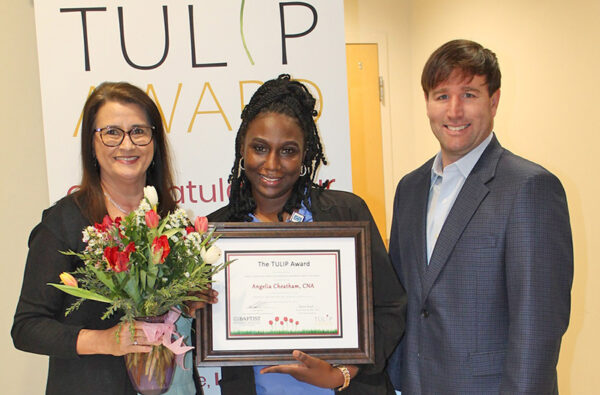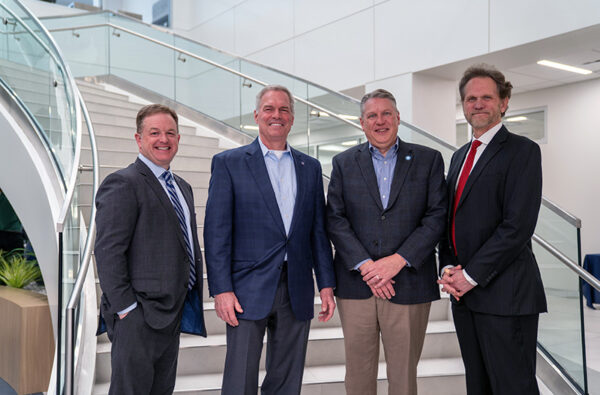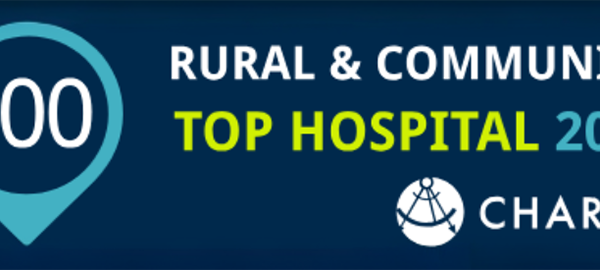If anyone has ever thought the Baptist Technology Services (BTS) teams only sit behind computers, nothing could be further from the truth. Just ask Hal Bland and his technical implementation colleagues, Shawn Powell and Mike Smith.
Charged with managing fiber inside and outside of Baptist facilities, this team literally digs in the dirt on some days. One recent episode illustrates just how valuable their diggin’ around can be.
In mid-2015, Baptist North Mississippi and the Baptist Cancer Center located in Oxford faced a dire situation. A local cellular provider cut Baptist’s fiber line running from the hospital to the cancer center.
“This happened on a Thursday, and they lost all communication from Thursday until we got them back up on Saturday,” said Hal.
With everything—phones, equipment, data, records—tied to the fiber, no work could be done, no patients could be seen. “Truly, it’s the artery of the heart,” said Shawn.
About that same time, BTS had initiated an A3 specifically on underground fiber, and Baptist teams had begun locating and marking lines.
“We use a 3M locator alone with software that determines the depth of the fiber, which is then downloaded into Google Earth. These data are then stored on the Information Technology (IT) Portal for future reference. We then verify that our fiber markers are still in place and record the location of the dig site,” said Hal.
Concentrating on those facilities with more public access, Oxford was one area. And recently, their work proved invaluable when this team received another notice of damaged fiber.
“We received a ticket that this same provider had now damaged AT&T fiber,” said Hal.
What was different this time? “If we hadn’t identified all of our lines and had them labeled, we would have been cut a second time,” said Hal.
At the end of the day, no price can measure the cost savings. While Baptist can figure dollars associated with the first outage, the inconvenience to patients, families and providers is inestimable, said Hal.
“People who were scheduled for treatment couldn’t get treatment last time. This time, we prevented any disruption to patient care.”
And that is a fact most anyone can dig.






